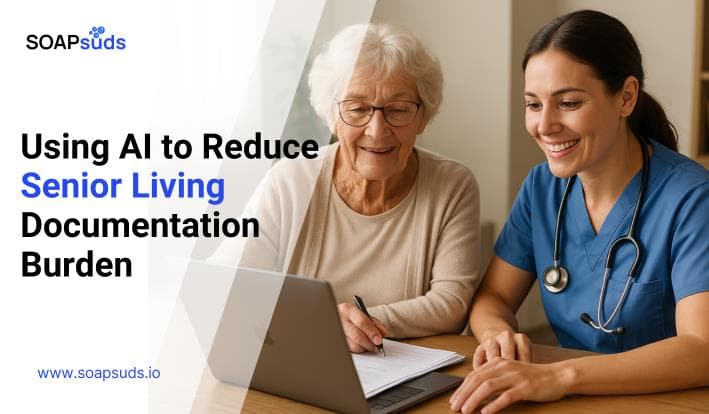How to Improve Your Patient Experience and Enhance Your Practice
SOAPsuds team
Published: 1/27/2025
SOAPsuds team
Published: 1/27/2025

We often hear the question: How does a medical scribe help a physician?

SOAP notes are a structured documentation format healthcare professionals use to record patient progress and...

The value of Electronic Health Records (EHRs) is hard to ignore. It's important for you...

To improve the efficiency of your medical practice, it’s essential to first identify the factors...

Senior living providers face growing challenges in maintaining quality care while managing documentation, compliance

Over recent years, skilled nursing facilities have faced significant pressure as they navigate a new
Clinical Notes
SOAP notes
DAP notes
AI medical notes